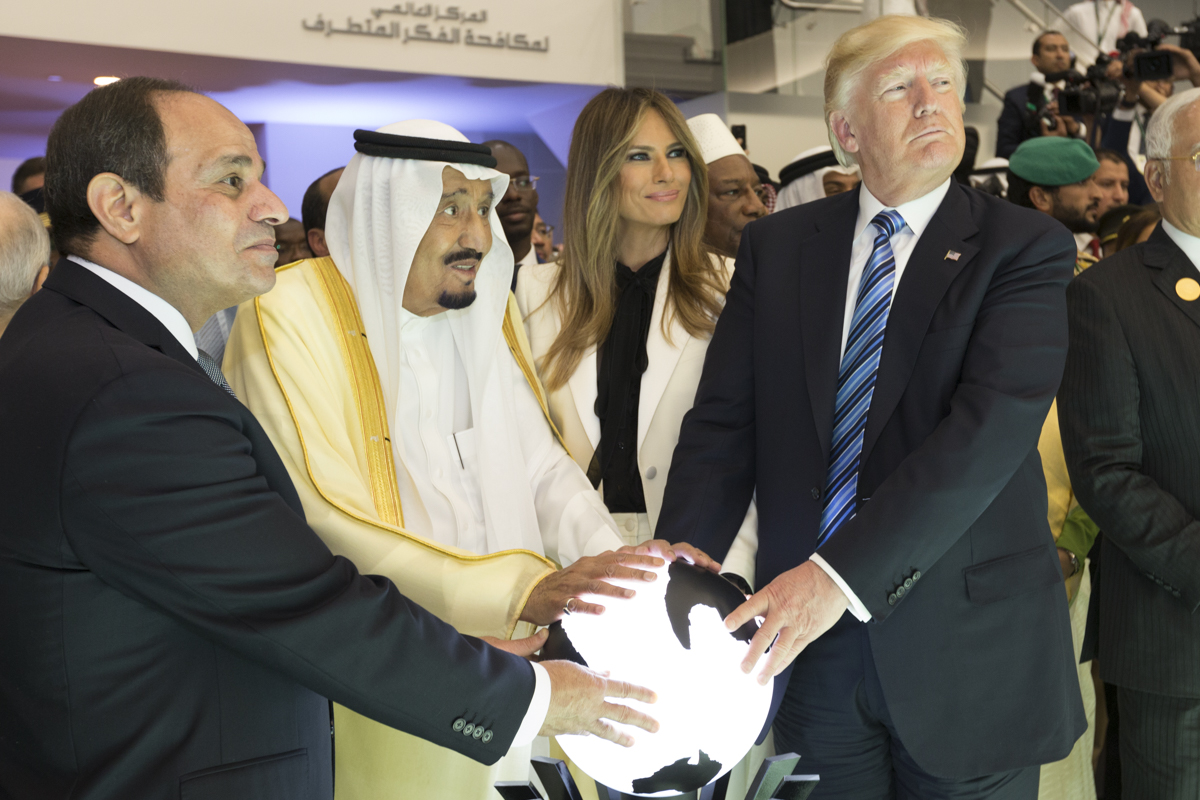President Donald Trump visited the Middle East and met with leaders of many countries in a few short days. During this brief visit he seems to have solidified his position and his influence to an extent that makes it possible to push a deal between the Israelis and the Palestinians — something that eluded many consecutive U.S. administrations.
Good news? I am not so sure. It may be very bad news, actually — for what may be presented to the world as a peace deal could be nothing but a path to instability and bigger wars.
And there are many examples in history, fresh in mind are those peace treaties signed after the Great War (First World War), only to bring a more fierce war a mere 20 years later.
Another deal (this one happened while the Great War was still going on) divided areas of influence in Middle East between Britain and France following negotiations between Mark Sykes of Britain and François Georges-Picot of France (and thus known as the Sykes-Picot agreement). This agreement is sometimes traced back as the source of all instability, troubles and wars that have plagued the Middle East, and has effects still being felt all over the world till this day.
The problem is that most of the leaders Trump met during his visit do not have the long-term interests of their people or the stability of the region and the world in mind. Some came to power through military coups and others depend on outside powers for their existence. They all lack the vision, the will and the determination to take the difficult decisions and the ability to stand up to the U.S. or other dominant world powers.
Among the direct stakeholders involved in the Israeli-Palestinian conflict, if we exclude Benjamin Netanyahu, we will not find one leader who is in a strong negotiating position and who cannot be pressured by Trump to accept a deal that could be bad for his country, his people, the region and the word as a whole.
Other than war mongers, who benefit from wars one way or another, and racists, who have a sick view of others, no one denies that injustice, hopelessness and poverty are what fuels terrorism in today’s world. Yet, here we see Donald Trump and Middle-Eastern leaders touching a glowing orb at the new Global Center for Combating Extremist Ideology in Riyadh, as if these theatrics are the solution to the terrorist attacks that are hitting the world day in and day out, right after signing arms deals worth billions of dollars. This happens while millions in refugee camps cannot find basic needs and while hunger, plagues and diseases are spreading in war-torn countries a few hundered kilometres both to the north and to the south from Riyadh, where the “orb” glows.
The “peace” deal which Trump maybe able to shove down the Middle East countries throats will not bring any peace because the stake holders — the people of the Middle East and the people of the world — have no one at the table advocating for them and their interests. It will not solve the problem of terrorism that will continue to hit us all around the world, it will not end the sectarian violence and wars we are witnessing today. It will probably bring more war, suffering, violence and terror — not to the Middle East alone, but to the whole world (even if that takes a while to happen). Twenty years?
The unfortunate reality is that this seems to be where things are heading, whether we like it or not.
Image: Flickr/The White House
Like this article? rabble is reader-supported journalism.





